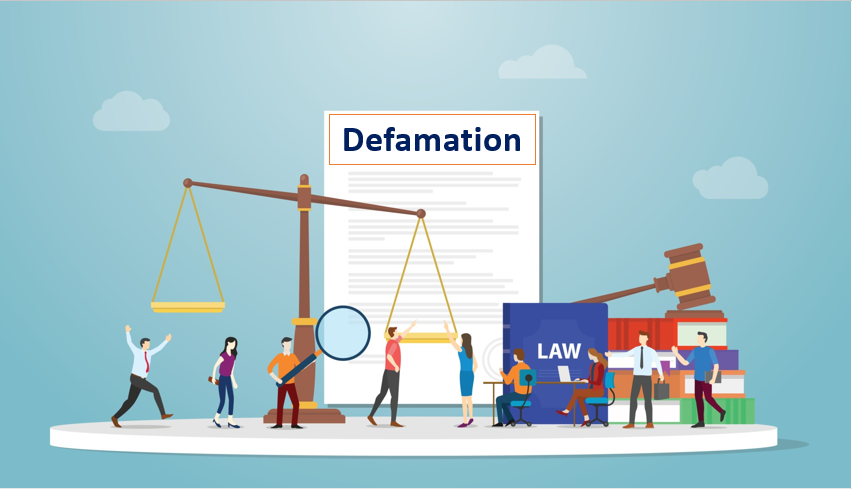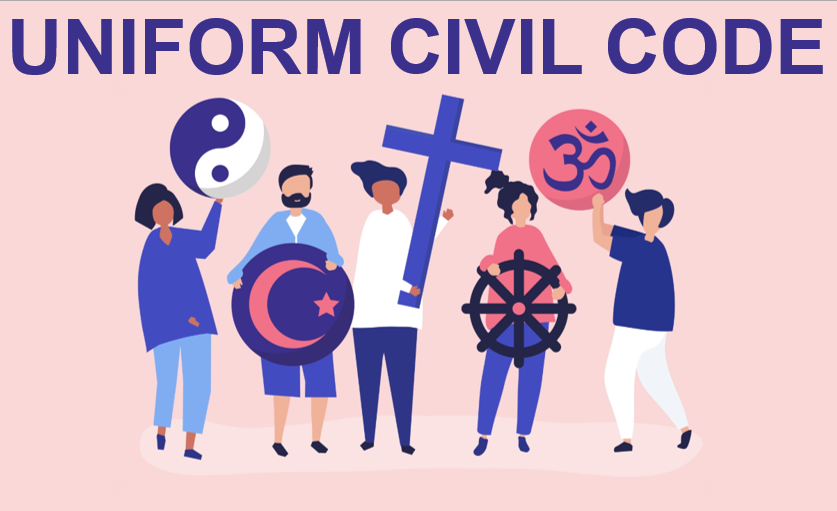Published On: 4th September, 2024
Authored By: Shirisha Pasepu
University of Hertfordshire
Introduction
Domestic violence remains a pervasive issue in India, affecting individuals across various socio-economic strata. Addressing this concern, Indian legislative frameworks have evolved to provide protection and redress to victims. This paper discusses the key legislative measures, including the Protection of Women from Domestic Violence Act, 2005 (PWDVA), its implementation, and the challenges faced in addressing domestic violence in India.
Historical Context
Before delving into contemporary laws, it is crucial to understand the historical context of domestic violence legislation in India. Traditionally, domestic violence was considered a private matter, with societal norms and patriarchal attitudes often justifying abuse within the family. The need for legal intervention was recognized gradually, leading to the formulation of specific laws to protect victims.
Type of Domestic violence:
1. Physical Violence
Physical violence is one of the most visible and widely recognized forms of domestic violence. It includes acts that cause physical harm or injury to the victim.
Definition and Examples
Physical violence involves actions such as hitting, slapping, punching, kicking, burning, and using weapons against the victim. These acts are intended to cause physical pain and harm.
Legal Framework
The Indian Penal Code (IPC) addresses physical violence under several sections:
- Section 498A: This section criminalizes cruelty by the husband or his relatives, including physical abuse, which can lead to imprisonment and fines.
- Section 323: Punishes voluntarily causing hurt, which encompasses various forms of physical violence.
- Section 325: Addresses voluntarily causing grievous hurt.
Case Law
In Sarla Mudgal v. Union of India (1995), the Supreme Court acknowledged the severity of physical abuse in domestic settings and stressed the need for protective measures for women.
2. Emotional Violence
Emotional violence, also known as psychological abuse, involves actions that cause emotional distress and undermine the victim’s mental well-being.
Definition and Examples
Emotional violence includes verbal abuse, threats, humiliation, isolation, and controlling behavior. It can lead to severe psychological trauma, including depression and anxiety.
Legal Framework
The Protection of Women from Domestic Violence Act (PWDVA), 2005, explicitly includes emotional abuse in its definition of domestic violence.
- Section 3: Defines domestic violence to include emotional abuse, describing it as any act that causes mental harm to the aggrieved person.
Case Law
In V.D. Bhanot v. Savita Bhanot (2012), the Supreme Court recognized the importance of addressing emotional abuse and granted relief to the victim based on the psychological harm inflicted.
3. Sexual Violence
Sexual violence involves any non-consensual sexual act or behavior that degrades or humiliates the victim.
Definition and Examples
Sexual violence includes marital rape, forced sexual acts, and any form of sexual coercion. Despite its prevalence, it remains underreported due to societal stigma and legal challenges.
Legal Framework
The IPC and PWDVA provide some provisions to address sexual violence within domestic settings:
- Section 375: Defines rape but has been criticized for not adequately covering marital rape, except under specific circumstances.
- Section 3 of PWDVA: Includes sexual abuse as a form of domestic violence.
Case Law
In Independent Thought v. Union of India (2017), the Supreme Court made a significant ruling by criminalizing marital rape involving minors, thereby extending protection to child brides.
4. Economic Violence
Economic violence involves controlling a person’s access to financial resources, thereby restricting their independence and economic stability.
Definition and Examples
Economic violence includes denying the victim access to money, forbidding them from working, and controlling their financial resources. This form of abuse aims to make the victim financially dependent on the abuser.
Legal Framework
The PWDVA addresses economic violence explicitly:
- Section 3: Recognizes economic abuse as a form of domestic violence and includes deprivation of financial resources and property.
Key Legislative Frameworks
- The Indian Penal Code, 1860
- Section 498A: One of the earliest provisions addressing domestic violence is Section 498A of the Indian Penal Code (IPC), introduced in 1983. This section criminalizes cruelty by a husband or his relatives towards a married woman. The term “cruelty” includes any willful conduct likely to drive the woman to suicide or cause grave injury or danger to life, limb, or health (mental or physical) of the woman.
- Challenges: Despite its significance, Section 498A has faced criticism for alleged misuse, leading to a perception of it being a tool for harassment. The Supreme Court of India has intervened to address concerns about its misuse, emphasizing the need for proper implementation rather than diluting the law.
- The Protection of Women from Domestic Violence Act, 2005 (PWDVA)
- Scope and Definition: The PWDVA, enacted in 2005, provides a comprehensive framework for the protection of women from domestic violence. It defines domestic violence broadly to include not only physical abuse but also sexual, verbal, emotional, and economic abuse. The Act recognizes a range of relationships, including marriage, live-in relationships, and family relationships.
- Rights and Remedies: Under the PWDVA, aggrieved women can seek various remedies, including protection orders, residence orders, monetary relief, custody orders, and compensation orders. The Act also mandates the appointment of Protection Officers and the establishment of service providers to assist victims.
- Implementation: While the PWDVA is a progressive law, its implementation has faced several challenges. These include lack of awareness, insufficient training of law enforcement personnel, and inadequate resources for Protection Officers and service providers.
Judicial Interpretation and Landmark Judgments
The judiciary has played a crucial role in interpreting and shaping domestic violence laws in India. Several landmark judgments have reinforced the rights of victims and clarified ambiguities in the law.
- S.R. Batra v. Taruna Batra (2007)
- Issue: The case dealt with the right of a woman to reside in her matrimonial home.
- Judgment: The Supreme Court held that the term “shared household” under the PWDVA refers to a household where the aggrieved person has lived in a domestic relationship. However, it clarified that a woman cannot claim a right to reside in a household owned by her in-laws if her husband does not have any legal entitlement in that property.
- Hiral P. Harsora v. Kusum Narottamdas Harsora (2016)
- Issue: The constitutional validity of certain provisions of the PWDVA, particularly regarding who can be considered an “aggrieved person.”
- Judgment: The Supreme Court expanded the scope of the term “aggrieved person” to include not only women who are or have been in a domestic relationship with the respondent but also those who have a right to reside in the shared household.
- D. Bhanot v. Savita Bhanot (2012)
- The Supreme Court ruled that a woman who has been subjected to domestic violence in the past can seek relief under the PWDVA, 2005, even if the violence occurred before the Act came into force.
Role of Law Enforcement and Support Systems
Effective implementation of domestic violence laws requires robust support from law enforcement agencies and support systems. The following aspects are crucial for successful enforcement:
- Training and Sensitization of Police Personnel
- Police officers are often the first point of contact for victims. Sensitization programs and training workshops are essential to equip them with the skills to handle domestic violence cases empathetically and efficiently.
- Role of Protection Officers and Service Providers
- Protection Officers, appointed under the PWDVA, play a critical role in assisting victims. They are responsible for filing Domestic Incident Reports, facilitating legal aid, and ensuring compliance with court orders. Service providers, including NGOs, offer crucial support services such as counseling, legal assistance, and shelter.
- Awareness and Outreach Programs
- Raising awareness about domestic violence laws and the available remedies is vital for empowering victims. Outreach programs, public campaigns, and educational initiatives can help in disseminating information and encouraging victims to seek help.
Challenges and Recommendations
Despite the legislative frameworks, several challenges hinder the effective addressing of domestic violence in India:
- Cultural and Social Barriers
- Deep-rooted patriarchal attitudes and cultural norms often discourage victims from reporting abuse. Efforts to change societal attitudes through education and awareness campaigns are necessary.
- Resource Constraints
- Inadequate resources for law enforcement agencies, Protection Officers, and service providers impede the effective implementation of laws. Increased funding and infrastructural support are essential.
- Legal and Procedural Delays
- Prolonged legal procedures and delays in obtaining justice can be discouraging for victims. Streamlining legal processes and ensuring timely disposal of cases can enhance the efficacy of domestic violence laws.
- Inter-departmental Coordination
- Effective coordination among various departments, including police, judiciary, and social welfare agencies, is crucial for a holistic approach to tackling domestic violence.
Conclusion
Domestic violence laws in India have evolved significantly over the years, reflecting a growing recognition of the need to protect and empower victims. The Protection of Women from Domestic Violence Act, 2005, stands as a landmark legislation offering comprehensive remedies to aggrieved women. However, effective implementation remains a challenge, necessitating concerted efforts from all stakeholders, including the government, judiciary, law enforcement agencies, and civil society. By addressing cultural barriers, ensuring adequate resources, and fostering inter-departmental coordination, India can make substantial progress in combating domestic violence and ensuring justice for victims.
References
- Indian Penal Code, 1860, S 498A.
- The Protection of Women from Domestic Violence Act, 2005.
- S.R. Batra v. Taruna Batra, (2007) 3 SCC 169.
- Hiral P. Harsora v. Kusum Narottamdas Harsora, (2016) 10 SCC 165.
- Agnes, Flavia, “Law and Gender Inequality: The Politics of Women’s Rights in India” (Oxford University Press, 1999).
- Saxena, Shobha, “Domestic Violence and Law: The Indian Perspective” (LexisNexis, 2015).


